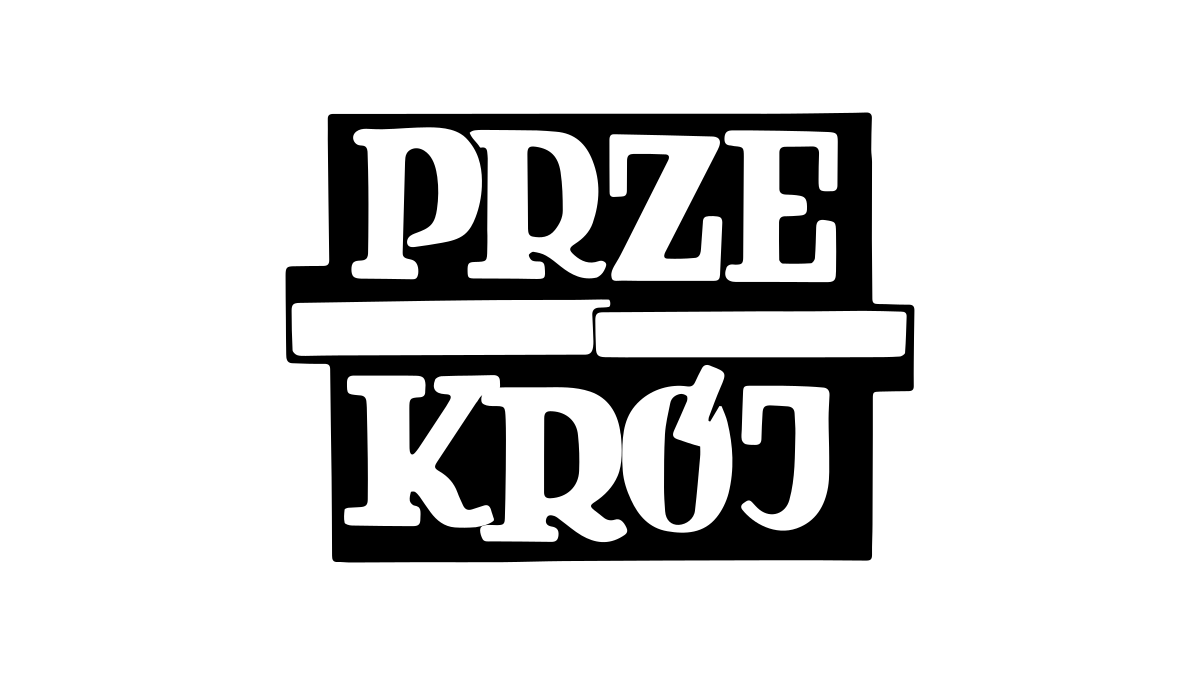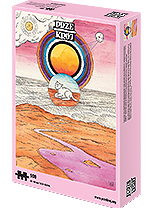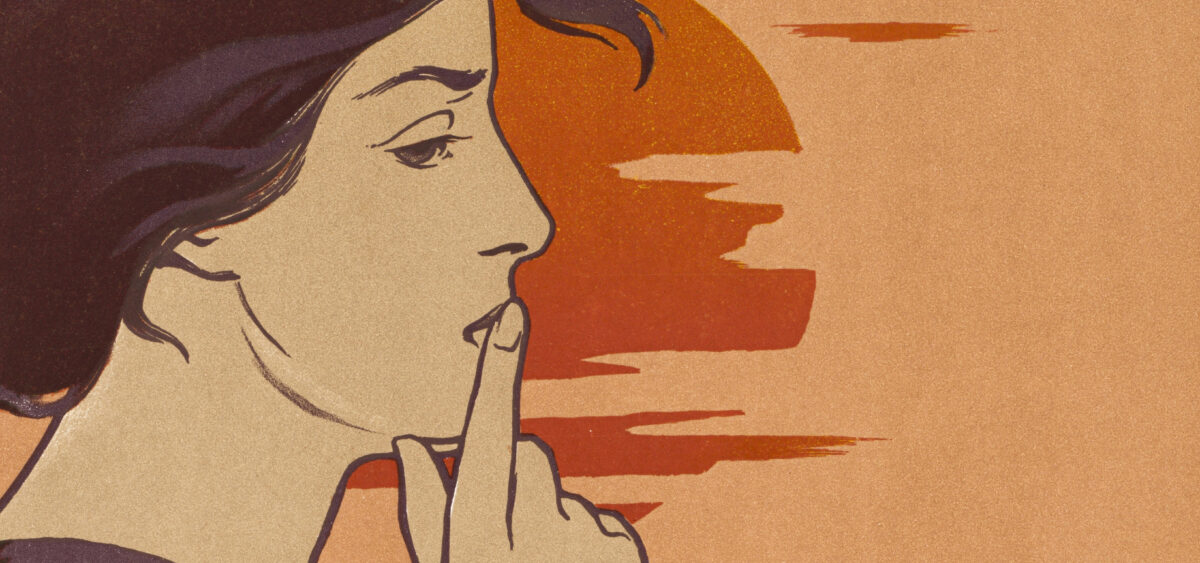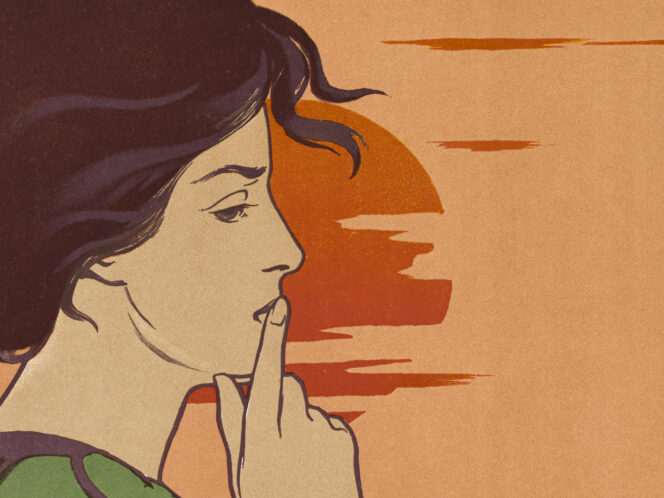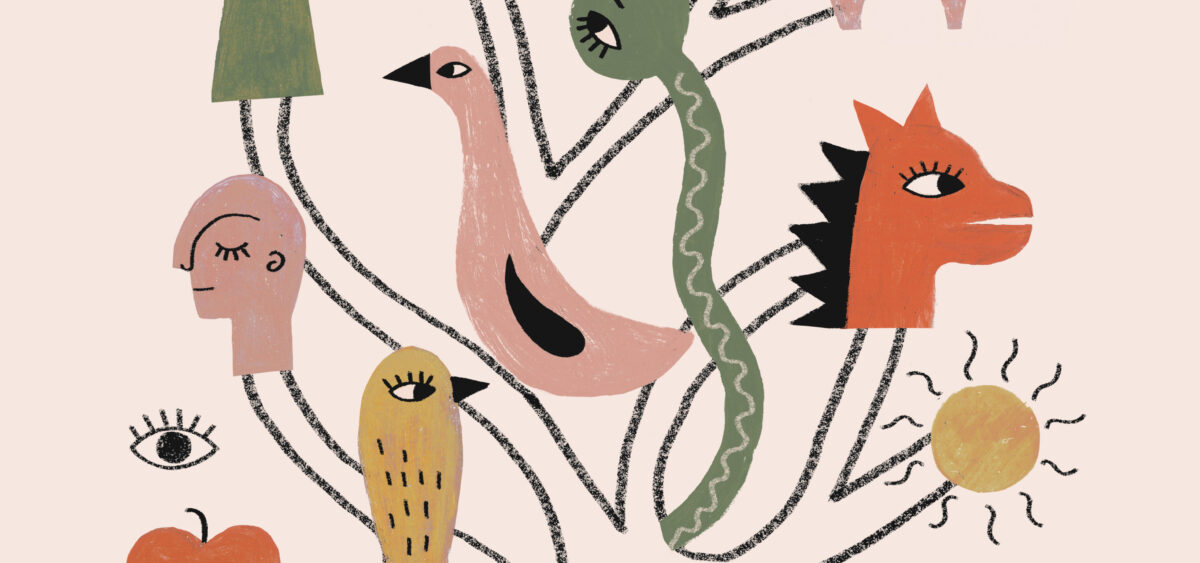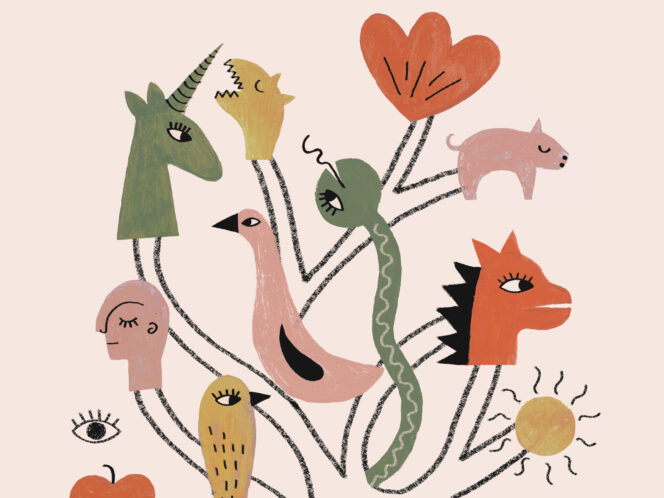
Is faith in the unity of the world simply naive, or perhaps the only hope we can still cling to in disorderly times?
The French philosopher Gabriel Marcel, in one of his most important books, Being and Having, recorded a short but significant confession: “I do not know myself what I believe.” Even today, almost ninety years later, the ambiguity and simplicity of his statement make it sound like a provocation. We must remember that Marcel was religious—he never concealed his attachment to Christianity—and his confession wasn’t merely personal. Rather, it was part of a broader philosophical contemplation on the nature of human presence in the world. His words do not refer to faith centered on certain beliefs about the universe, man, and that which is transcendent in the face of visible, empirical reality; nor are they a confession of nonbelief. Instead, they form an unusual, contradictory, and therefore very moving credo: I believe, but I do not know what I believe.
How can we understand Marcel’s statement? Is faith merely a form devoid of content? Can one be a believer without directing one’s faith to a particular object, even one that is barely defined? No,
